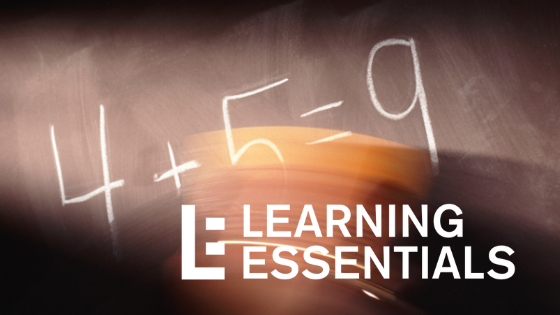Math Help at Home
Elementary level mathematics has changed significantly since parents were in school learning their basic addition, subtraction, and multiplication facts. In fact, the math 2.0 curriculum, which coincides with the Common Core State Standards, uses completely different terms for what we would call adding and subtracting. With all of the changes in elementary grade math terminology, application, and processes, parents may become confused as to how to help at home. The goal for this blog is to provide a basic cheat-sheet of helpful hints for when your child is being asked to complete basic math processes using new, unfamiliar methods.
- Composing/decomposing
In elementary school, I added and subtracted. This meant I lined up the numbers, carried them over if necessary, and probably used my fingers to keep everything on track. Students are no longer using these methods. Now, we see handouts and practices that ask students to “compose” (add) or “decompose” (subtract). Essentially, composing and decomposing involves the student’s ability to break numbers apart and put them back together.
- For example, if given the simple subtraction problem 46 – 8, our past elementary school days would tell us that, since we cannot take 8 from 6, we need to “borrow” 1 from the 4 so that we’d be left with 16 – 8 in the ones column and a 3 in the tens column.
- Now, students are prompted to simplify their thinking in order to decompose without the “borrowing” component. Instead, the process would look like this:
46 – 8 = (46 – 6 – 2)
-
- Because breaking the 8 in to 6 and 2 makes for friendlier mental math, the 8 no longer requires students to borrow, which eliminates the possible confusion that comes from borrowing from the tens column.
- In this new 2.0 curriculum, elementary students will also be asked to use visuals or numeric symbols charts to assist with simplifying a question. For example, if presented with 9 + 5, the old method would require young math learners to use fingers, adding one at a time from 9 until 5 fingers are up.
- Now, the problem might recommend a visual such as:
9
5
I I I I I
I I I I I
I I I I
- Since it is much easier for students to mentally compose from ten, they know to break or decompose 9 into 5 + 4; they know that 5 + 5 = 10, so 10 + 4 = 14
Might this all seem like a slew of extra steps when students could simply count up using their fingers like we did? Yes—for sure. However, the push for this type of thinking is to better prepare students for algebraic concepts to come later.
- Multiplication/division
Multiplying and dividing in elementary mathematics 2.0 is also going to utilize the compose/decompose processes. The key behind this is again to simplify the numbers for ease during any operation.
- For example, if a student is given 6 x 8; our old method would be simple memorization or flashcards. However, now students would simplify the equation like this:
6 x 8 = 6 x (5 + 3) = (6 x 5) + (6 x 3)
It is much easier for students to add when tens are involved. So, when 6 x 5 gives us 30, we simply then add the result of (6 x 3), which is 18, to 30. Giving us 30 + 18 = 48
- This is especially helpful for students who struggle with memorization. Instead of hours of flashcard practice, students are able to use simply mathematical concepts to attack the problem with skills, as opposed to arbitrary memorization.
While these new methods and extra calculation steps may seem foreign and frustrating now, stick with them. Once your children master these methods, they will be better prepared to tackle more complex calculations in the future. Who knows, your child may even take great pride in teaching you for once!




